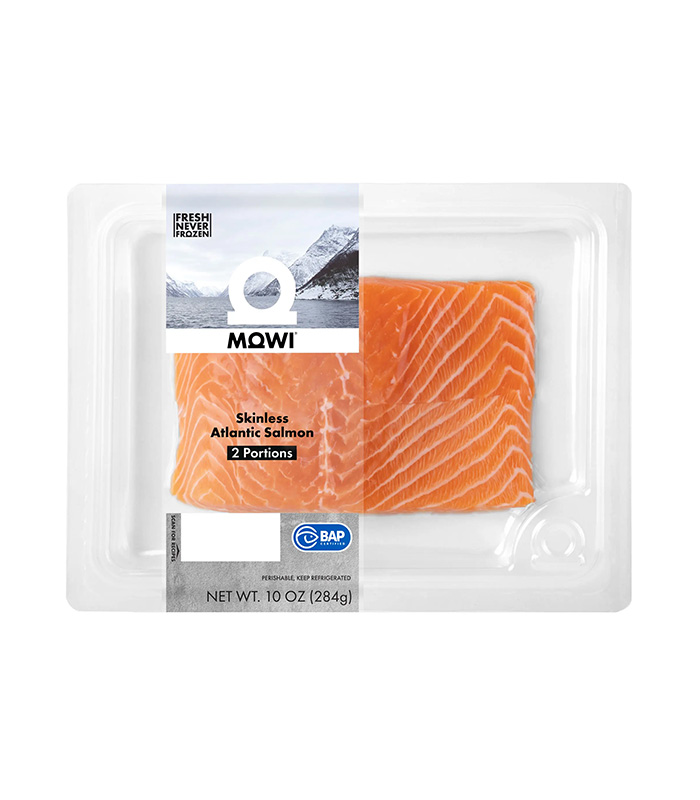Strength Training for Longevity

Strength training is a cornerstone of healthy aging, addressing both physiological decline and psychological well-being. By preserving muscle mass, enhancing cellular repair, and reducing chronic disease risks, it extends both lifespan and healthspan.
As the WHO emphasizes, integrating strength training into weekly routines is essential for longevity 14. Whether through bodyweight exercises, resistance bands, or weightlifting, consistency—not intensity—is key to reaping lifelong benefits.
Practical Takeaways for Readers
• Strength Training: Aim for 2–3 sessions/week (e.g., squats, deadlifts) to preserve muscle mass and telomere length 14.
• Aerobic Exercise: 150 mins/week of moderate activity (e.g., brisk walking) improves CRF and mortality risk 312.
• Combined Approach: Pair resistance training with aerobic exercise to activate sirtuins and maximize anti-aging benefits 28.
For detailed methodologies and full study contexts, refer to the linked sources above.
A Comprehensive Guide
Biological Mechanisms
- Cardiovascular Health
Strength training improves heart efficiency, lowers blood pressure, and reduces resting heart rate, all of which mitigate cardiovascular disease risk. A study found that intermediate physical activity (1–6× recommended levels) lowers coronary artery disease risk, while high-volume exercise reduces all-cause mortality 714. Aerobic fitness, even in obesity, halves premature death risk by enhancing metabolic and cardiovascular resilience 12. - Muscle and Bone Strength
Muscle mass peaks around age 30 and declines by 3–8% per decade, leading to sarcopenia. Resistance training preserves lean mass, increases bone density, and reduces fracture risk. For example, hip extension strength in older adults is 55% of younger counterparts, but targeted training reverses this decline 411. The CDC recommends 2+ weekly strength sessions to counteract age-related muscle loss 1. - Cellular Repair and Telomere Preservation
Telomeres, protective DNA caps, shorten with age. Strength training for 90 minutes/week is linked to telomere lengths equivalent to being 4 years biologically younger. Doubling training time (180 mins/week) may extend this to 8 years 113. Exercise also stimulates growth factors like BDNF and IGF-1, aiding cellular repair 13. - Epigenetic Changes
Exercise activates sirtuins (proteins regulating cellular health) and modifies gene expression. Resistance training upregulates PGC-1α, enhancing mitochondrial biogenesis and oxidative metabolism, which are critical for longevity 813. - Antioxidant Activity
Strength training boosts antioxidant defenses, reducing oxidative stress. This protects cells from free radical damage, a key driver of aging 813.
Psychological Mechanisms
- Stress Reduction
Exercise lowers cortisol levels, mitigating chronic stress linked to inflammation and accelerated aging 12. - Mood Enhancement
Endorphin release during exercise improves mental well-being, reducing depression and anxiety risks. Group exercises also combat loneliness in seniors 45. - Cognitive Function
Resistance training increases BDNF, supporting neuron health and delaying cognitive decline. Studies show improved memory and attention in active older adults (13).
Key Takeaways
• Start Early, Stay Consistent: Muscle loss begins at 30, but even seniors can regain strength. Two 20-minute sessions/week yield benefits 45.
• Holistic Approach: Combine strength training with aerobic exercise (150 mins/week moderate activity) and flexibility work. 14.
• Dose-Dependent Benefits: 90–180 mins/week of resistance training slows biological aging by 4–8 years. 113.
• Functional Independence: Strength training preserves mobility, reducing fall risks and nursing home admissions by 68% in active seniors 11.
Practical Guidelines
Aspect Recommendation
Frequency 2–3 days/week, with rest days between sessions 114
Intensity 50–80% 1RM (1-repetition maximum); beginners start with bodyweight or resistance bands.
Exercises Focus on multi-joint movements (squats, deadlifts) and major muscle groups 13
Progression Gradually increase weight or resistance; prioritize form to prevent injury.
Key Studies Summary
Study Focus Findings Source DOI/Link
Telomere Length & Aging 90+ mins/week of strength training slows biological aging by ~4 years via preserved telomere length. Tucker & Bates (2024) 10.3390/biology13110883
Sarcopenia Reversal Resistance training improves glucose metabolism and muscle mass in diabetic/older populations. Gaesser et al. (2021) 10.1016/j.isci.2021.102995 Sirtuins Activation Exercise activates SIRT1/SIRT3 proteins, enhancing mitochondrial health and cellular repair. Villanova et al. (2019) 10.3390/ijms20112717
Fitness vs. Weight Aerobic fitness reduces mortality risk by 50% in obese adults, independent of BMI. Angadi et al. (2025) / HealthDay News HealthDay Summary Mitochondrial Rejuvenation Resistance training reverses age-related mitochondrial dysfunction in skeletal muscle. Melov et al. (2007) 10.1371/journal.pone.0000465 Stress & Telomere Health: Aerobic exercise lengthens telomeres and reduces oxidative stress in older adults. Puterman et al. (2018) 10.1016/j.psyneuen.2018.08.002
Additional Key References
- Melov, S. et al. (2007)
Resistance Exercise Reverses Aging in Human Skeletal Muscle. PLoS ONE, 2(5), e465.
DOI: 10.1371/journal.pone.0000465
o Demonstrated that strength training reverses age-related mitochondrial dysfunction. - Puterman, E. et al. (2018)
Aerobic Exercise Lengthens Telomeres and Reduces Stress in Family Caregivers. Psychoneuroendocrinology, 98, 245–252.
DOI: 10.1016/j.psyneuen.2018.08.002
o Showed 24 weeks of aerobic exercise increased telomere length in older adults. - Sellami, M. et al. (2021)
Exercise Training as a Healthy Aging Strategy. Frontiers in Genetics, 12, 652497.
DOI: 10.3389/fgene.2021.652497
o Linked lifelong exercise to reduced DNA damage and preserved metabolic flexibility.










